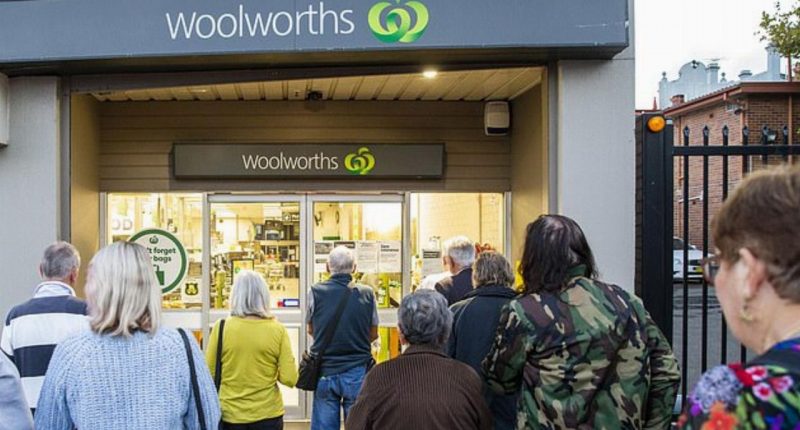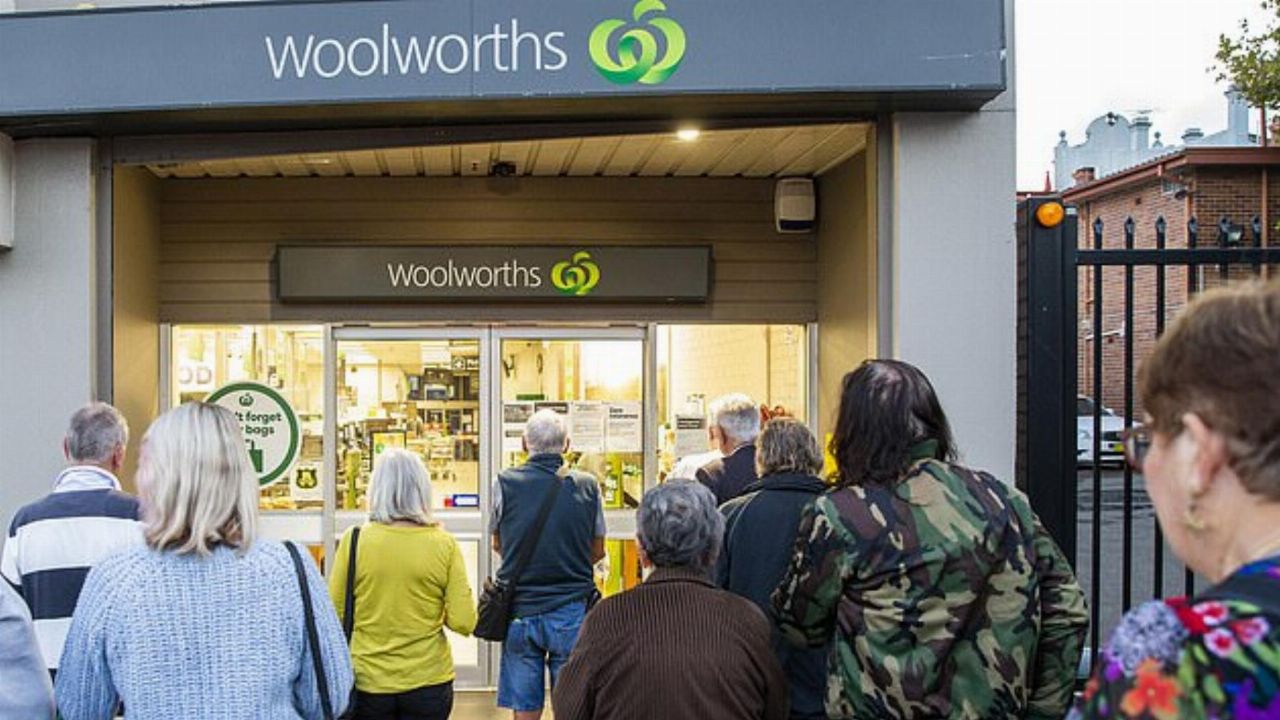- Chinese tariffs on Australian beef look set to jump from 4.8 per cent to 12 per cent
- The rise is due to a safeguard being triggered under the China-Australia Free Trade Agreement (ChAFTA)
- The safeguard kicks in once 180,000 tonnes of beef has been shipped from Australia
- Meanwhile, the Australian Government said the changes are not linked to other trade issues or COVID-19
China will introduce 12 per cent tariffs on Australian beef exports, though the move is not believed to be linked to trade issues.
Instead, the rise is due to a safeguard being triggered as part of China-Australia Free Trade Agreement (ChAFTA).
ChAFTA
Under the ChAFTA agreement, once a certain amount of beef is exported, a safeguard kicks in, and the tariffs change.
The safeguard for this year was set at just under 180,000 tonnes of beef, a volume Australia met this week.
Analysts report beef tariffs will now move from 4.8 per cent to 12 per cent for the rest of 2020.
The move is likely to cause headaches for Australian beef producers as China asks for contracts to be changed or even cancelled.
Trade tension
Meanwhile, officials within the Australian Government said the tariff changes are not linked to other trade issues or COVID-19, according to the ABC.
The denial comes after China imposed a huge 80 per cent tariff on Australian barley, amid accusations farmers were selling the product for cheaper than it costs to produce.
Such a practice makes it harder for Chinese barley producers to compete.
However, Australia denied the claim our farmers were ‘dumping’ barley.
Instead, it was suggested the move was in relation to Prime Minister Scott Morrison pushing for an independent inquiry into China’s role in the COVID-19 pandemic.
However, both governments deny the barley tariff increase was a tit-for-tat measure by China.







